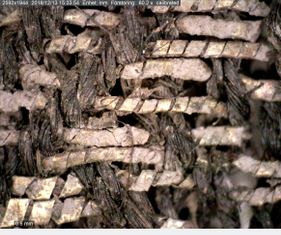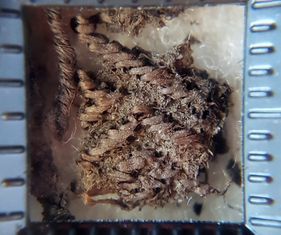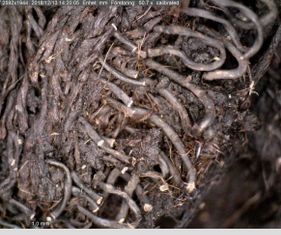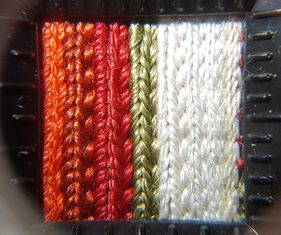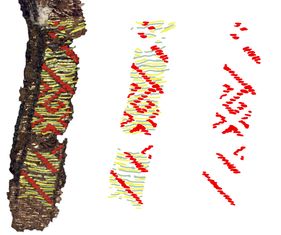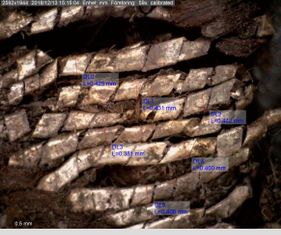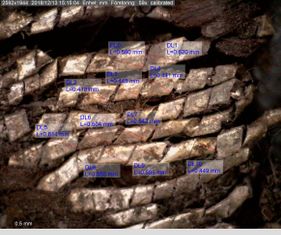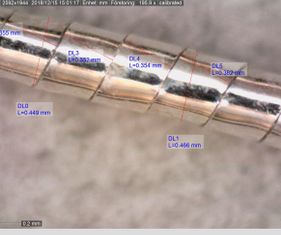Brocaded tablet-woven bands from Viking age boat graves in Valsgärde, Sweden:
Different techniques, similar appearance
Karolina Pallin
Video presentation at NESAT XIV, Oulu, Finland 2020.
Article in print (peer-review), expected 2023.
In the collections of Uppsala university, cared for by the university Museum Gustavianum, is the collection of finds from the Valsgärde cemetery, located 4 km north of Uppsala. The cemetery contained boat graves, chamber graves, cremation graves and other finds. Among the boat graves, dating from around c 600–c 1000 AD, some includes textile finds. The primary source material for this study are the tablet woven bands found in three of the Viking age boat graves.
Abstract
Textiles are an important source material for cultural and social research and as such it can be approached in several different ways. This paper focuses on the technical aspects of tablet woven bands from the Viking Age boat graves in Valsgärde, Sweden.
By detailed studies of the material combined with knowledge of the craft, the weaving techniques are understood. All bands are made with reeled silk and metal thread (probably silver), some of them probably also contains threads from vegetable fibre. The result shows that the bands can be divided in three categories according to material and technique. The first category has geometric patterns made with lifted warp threads on a brocaded silver background made with silver lamella thread. The second category of bands is of a similar appearance, but the pattern is made with a silk weft in a soumak technique. The band in the third group has a brocading weft of drawn silver wire, used single.
This paper gives a description of the weaving techniques and materials and discusses possible reasons for the shown differences. The aim is to make the material known to a wider community of researches so these results and questions can be further discussed.


